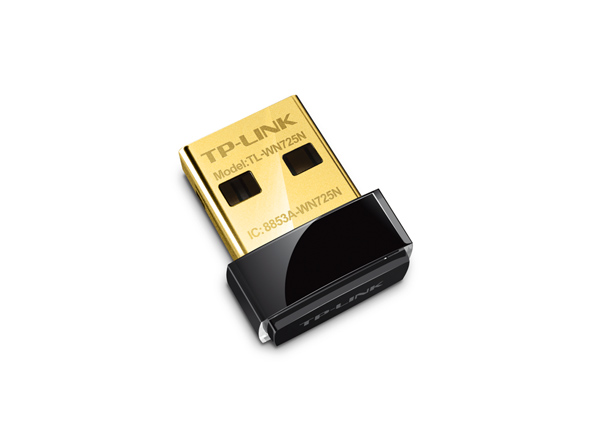
As far as solving everything in Algebra 1, I intend to do this, but I still have a month and a half left of Algebra 1. Our server suggests that this signature might have eaten by an evil kumquat and other discuss ting fruits and vegetables. Ratios and Unit Rates Worksheet Answer Key Rate This! The table below shows students’ reading preferences: Harry Potter 35 students Twilight 25 students Percy Jackson 40 students Total 100 students 1. What is the proportion of students who prefer Harry Potter? 35 100 = 7 20 2. What is the ratio of Twilight fans to Percy Jackson fans?
I was just wondering what type of program you are going for. I understand the step by step calculations and graphs that you plan to add, but what is going to make you different.
Interface USB 2.0 LED Status Weight 0.07 ounces / 2.1 grams (Without packaging) Dimensions ( W x D x H ) 0.73x0.59x0.28in.(18.6x15x7.1mm) Antenna Internal antenna Wireless Standards IEEE 802.11b, IEEE 802.11g, IEEE 802.11n Frequency 2.400-2.4835GHz Signal Rate 11b: Up to 11Mbps (dynamic) 11g: Up to 54Mbps (dynamic) 11n: Up to 150Mbps (dynamic) Reception Sensitivity 130M: -68dBm@10% PER 108M: -68dBm@10% PER 54M: -68dBm@10% PER 11M: -85dBm@8% PER 6M: -88dBm@10% PER 1M: -90dBm@8% PER Transmit Power. 
Are you going to make it so there is a y and an x variable where it can graph and determine the intercepts and slopes? There are also quadratic formulas, inequalities, linear equations, functions, arithmetic and geometric sequences, rational exponents and radicals, exponential growth and decay, polynomials, and factoring to consider adding as well if you want to cover everything in algebra 1. Will it be able to solve these problems or would it be able to calculate problems. That is what I am wondering. Also, you can use library for the more complex problems though, it can't solve step by step. The project looks really nice. Last edited by Wetbikeboy2500 (April 14, 2018 13:49:49).
Wetbikeboy2500 wrote:I was just wondering what type of program you are going for. I understand the step by step calculations and graphs that you plan to add, but what is going to make you different. Are you going to make it so there is a y and an x variable where it can graph and determine the intercepts and slopes? There are also quadratic formulas, inequalities, linear equations, functions, arithmetic and geometric sequences, rational exponents and radicals, exponential growth and decay, polynomials, and factoring to consider adding as well if you want to cover everything in algebra 1. Will it be able to solve these problems or would it be able to calculate problems. That is what I am wondering.
Kurs programmirovaniya lego mindstorms ev3 robota v srede ev3. Kurs_Programmirovaniya_Lego_Mindstorms_Ev3_Robota_V_Srede_Ev3_Skachat_LIC0GF.exe Torrent种子名称 Kurs Programmirovaniya Lego Mindstorms Robota Srede Skachat LIC0GF.
Also, you can use library for the more complex problems though, it can't solve step by step. The project looks really nice. I want to start by making it solve step by step for one variable, then I will add multi-variable solving. I will probably add two JS functions: • Solve one step • Solve/simplify completely Any graphing features are not urgent. As far as solving everything in Algebra 1, I intend to do this, but I still have a month and a half left of Algebra 1. ['45', '+', '2', '+', '56'] • Once only one item remains, that's your answer • Repeat with less binding operators For things with brackets: • Find the inner-most bracket • Take what's inside it, run it through the first algorithm, and replace those brackets with the result – and repeat. The way most people decide tightness is: •!
• * /%(mod) • + - Note that unary operators tend to bind more tightly than binary operators that tend to bind more tightly than ternary operators, etc. This is just how I'd do it. ['45', '+', '2', '+', '56'] • Once only one item remains, that's your answer • Repeat with less binding operators For things with brackets: • Find the inner-most bracket • Take what's inside it, run it through the first algorithm, and replace those brackets with the result – and repeat. The way most people decide tightness is: •! • * /%(mod) • + - Note that unary operators tend to bind more tightly than binary operators that tend to bind more tightly than ternary operators, etc. This is just how I'd do it I was thinking similarly.